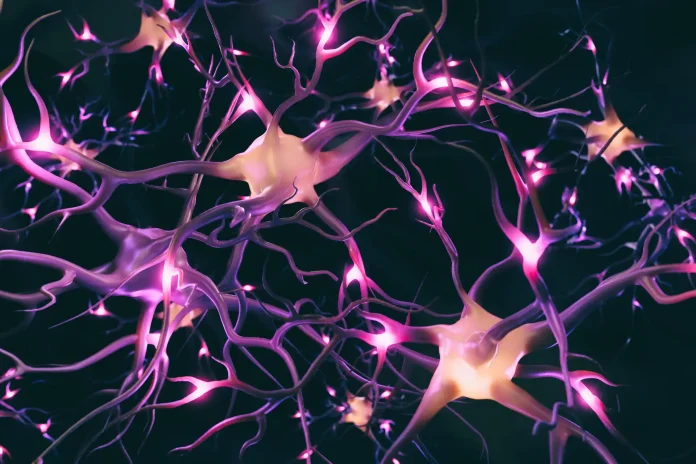Researchers at the University of North Carolina-Chapel Hill (UNC-Chapel Hill) have taken a groundbreaking step toward closing the gap between synthetic and living materials. A new study published in Nature Chemistry details the creation of artificial body cells that mimic the behavior and functions of natural cells. This innovative technology holds significant advancements in regenerative medicine, drug delivery systems, and diagnostic tools.
How to Create Artificial Body Cells
“This discovery opens doors for engineering advanced materials, such as fabrics or tissues, capable of responding dynamically to their environment,” explains Dr. Ronit Freeman, lead researcher and faculty member in the Applied Physical Sciences Department at UNC College of Arts and Sciences.
Cells, the fundamental units of life, rely on complex structures formed by proteins to perform various tasks. These protein structures, the cytoskeleton, provide essential support and flexibility, allowing cells to maintain their shape and adapt to their surroundings.
Dr. Freeman’s groundbreaking research focuses on creating these functional cytoskeletons without using natural proteins. Her team developed a new technique utilizing programmable peptide-DNA technology. Peptides, the building blocks of proteins, are combined with repurposed genetic material (DNA) to form the artificial cytoskeleton.
“Traditionally, DNA is not found in the cytoskeleton,” explains Dr. Freeman. “Our innovation involves reprogramming DNA sequences to act as a structural component, binding the peptides together. When this programmed material is placed in water, it self-assembles into the desired structures.”
Also! Explaining Brain Cell Connectivity With Simple Hebbian Model
This ability to control DNA programming empowers researchers to design artificial cells with customized functionalities. Furthermore, they can fine-tune the cell’s response to external factors such as stress. While artificial cells may lack the full complexity of natural cells, they offer distinct advantages. Synthetic cells are more predictable and resilient, withstanding harsh environments that would harm living cells.
“Unlike traditional materials designed for longevity,” Dr. Freeman clarifies, “our focus is on creating task-specific materials. These cells can perform a designated function and then adapt by modifying themselves for a new purpose.”
The customizability of these artificial cells is another crucial aspect. Scientists can program cells embedded within materials like fabrics or tissues by incorporating various peptide and DNA designs. These materials have the potential to smoothly integrate with other synthetic cell technologies, paving the way for transformative applications in biotechnology and medicine.
Understanding Life Through its Synthetic Mimics
“This research not only deepens our understanding of the essence of life,” concludes Dr. Freeman, “but also opens doors to creating materials that surpass the capabilities of natural biology.” The development of artificial body cells with life-like functions represents a significant leap forward in scientific research. This innovative technology offers exciting possibilities for the future of medicine, biotechnology, and our understanding of life itself.



